Ferruccio Lamborghini took a pretty dim view of motorsport, so they say.
Probably watching how much money Ferrari, Maserati, Lancia and Alfa Romeo poured into proving their mettle on the track – and being a man accustomed to ploughing his own furrow – he preferred to let his cars do their talking on the road.
Some talking they did: stories of the man himself racing Ferrari development drivers down the Bolognese autostrada in his modified, twin-cam 250 GT – and winning – are thestuff of legend.
But that, of course, was then, and for a company such as Lamborghini to be bound today by its founder’s philosophical peculiarities would be pretty costly. Selling customer racing machines has become a nice little earner for most of Sant’Agata’s competitors. From Aston Martin to Mercedes-AMG and McLaren, there are plenty of supercar makers queuing up to relieve wealthy ‘gentleman racers’ of six-figure sums for a season on an international FIA GT sports car grid. And, well… if you don’t join ’em, you can’t beat ’em.
So Lamborghini marked its 50th anniversary two years ago by launching its own works racing department: Squadra Corse. Before that, there had been toe-dipping exercises with racing versions of the Diablo and Murciélago. Subsequently, there have been Cup versions of the Gallardo for several one-make Super Trofeo series around the world – and there’s another one this year in the shape of the Huracán Super Trofeo.
But only now is Squadra Corse spreading its wings and really doing what it was intended for: designing, engineering and entering a ‘works’ Lamborghini racer in an international FIA GT championship for the first time.
The Huracán GT3 is a landmark for the Raging Bull. And when you’re asked to come and test a landmark Lamborghini racing car at a circuit like Adria in northern Italy, you politely accept – before putting the handset of your desk phone gently back on its cradle, pinching yourself and triple-checking that the date’s not 1 April.
Under the skin
The GT3 uses the same aluminium-carbonfibre hybrid chassis as the Huracán road car, as well as a slightly differently dressed version of the road car’s 5.2-litre V10 engine, with better cooling, motorsport-proven ancillaries and a Bosch ECU.
The engine’s output is limited to about 500bhp by a competition air restrictor, which effectively varies how much power it’ll make depending on the ‘balance of performance’ penalty the race directors deem appropriate.
For that reason, as well as the more aggressive aero, Lamborghini’s test drivers say that the Super Trofeo Huracán Cup car is actually a shade faster than the GT3 in a straight line, above about 120mph. But not, they hasten to add, around a full lap of most European circuits.
Moving downstream of the engine and outwards towards the wheels, the GT3 bears a decreasing resemblance to the Huracán road car. In place of the seven-speed dual-clutch automatic transmission and four-wheel drive of the production machine, the GT3 uses a much shorter-geared six-speed sequential ’box driving the rear wheels exclusively.
The Huracán’s lightweight suspension and aerodynamics have been totally reworked by Italian racing specialist Dallara. Its extra-wide bodywork is carbonfibre-composite. And despite being fitted with a full FIA rollcage, the car weighs a good 200kg less than the standard Huracán.
It’s lashing with rain on the day that Lamborghini has ordained for its media launch, the puddles slowly growing around the circuit – and filling the gathered few in the chilly pit lane with understandable apprehensiveness. But shod with wet-weather rubber and in the bright green paintwork of Lamborghini’s affiliated Grasser Racing team, the Huracán looks ready to go –like a cane toad in a tropical thunderstorm.
The cockpit is every bit as purposeful as the exterior. The deeply sculpted bucket seats are fixed, but the pedal box and steering column are adjustable, allowing drivers of different sizes to get comfortable behind the wheel.
Most of the architecture of the Huracán road car has been stripped out – right down to the instruments. Instead, a digital screen relays speed, gear and shift timing indicators, and the most important controls are clustered at your fingertips on the steering wheel itself. There are stubby shift paddles on the back and, on the front, a starter button and several knobs for mid-stint adjustment of the anti-lock braking and traction control systems.
You read that last bit correctly, by the way. The casual observer may well want to live in a world where Lamborghini racing cars come without driver aids, but in a ringing wet pit lane, I can assure you that the nervous first-time pilot is glad of any help he can get.
Moreover, such a class of driver can’t be disqualified from the picture in this car’s case – far from it. This is a customer racing machine that needs to be capable of looking after Fred Bloggs at one moment, as well as flattering the considerable skills of a GT racing professional like Fabio Babini after a quick driver change. It must be fast but also relatively easy to drive fast. And it is.
Out on the track
A tame driving experience is the last thing you expect from a car with this much power, mechanical grip and downforce. It also seems a lot to ask from a racing department of so little experience. But despite its sharp-edged looks, the Huracán GT3 is an astonishingly friendly thing to drive. It’s honest, balanced and communicative – and not nearly as spiky or scary as you’d bet.
It’s epic and exciting, too, of course. The unsilenced snarl of its V10 engine could drown out a small fleet of Huracán road cars, and it sounds as delicious and savage through the bottom half of the rev range as it does at the very top.
The controls are lighter than you might expect, the steering wonderfully tactile and delicate in your hands and the brake pedal firm but progressive. And even on wet-weather tyres in damp conditions, grip levels are huge and extend before you as your speed increases. The car is stable and secure on cold rubber, but the faster you go, the harder those tyres work and the more agile the handling becomes.
My sum total experience of genuine race-ready machinery is limited to a few road-legal, big-engined Ariels, Caterhams, Radicals and Ginettas – and yet I could get into the Huracán, get under its skin and feel confident in a matter of about five laps. That’s incredible when you think about it.
This is exactly the sort of race car in which I’d want to tackle my first 24-hour endurance race if I had ¤369,000 (roughly £266,000) to invest in the idea. And if Lambo fitted the same traction control to its really hardcore road cars, it could get rid of four-wheel drive without a second thought. The system is little short of sensational, offering 10 positions through which you can vary the freedom given to the rear axle.
The Huracán GT3 is competing in the Blancpain Endurance Series this season and will come to Silverstone with the rest of the Blancpain grid this weekend. The paint scheme certainly makes it easy to spot on the grid, where it battles the likes of Bentleys, McLarens, Audis and Ferraris.
At Monza, it denied a Ferrari 458 from overall victory and kept another 458 off the podium – albeit only until disqualification for a refuelling equipment infringement.
You’d like to think that another few drubbings of Ferruccio’s old arch-rival might have won the old man’s approval for the whole enterprise. He certainly couldn’t have failed to be impressedby a drive in the car.
Get the latest car news, reviews and galleries from Autocar direct to your inbox every week. Enter your email address below:

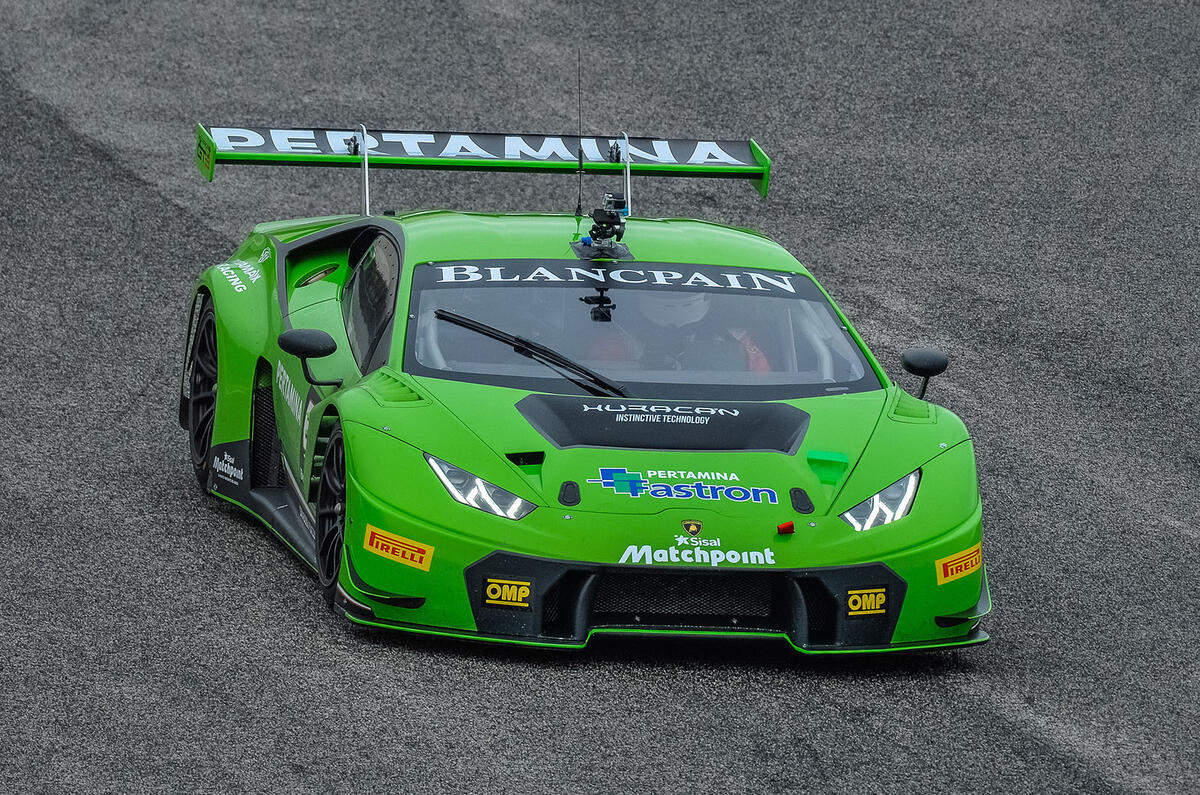
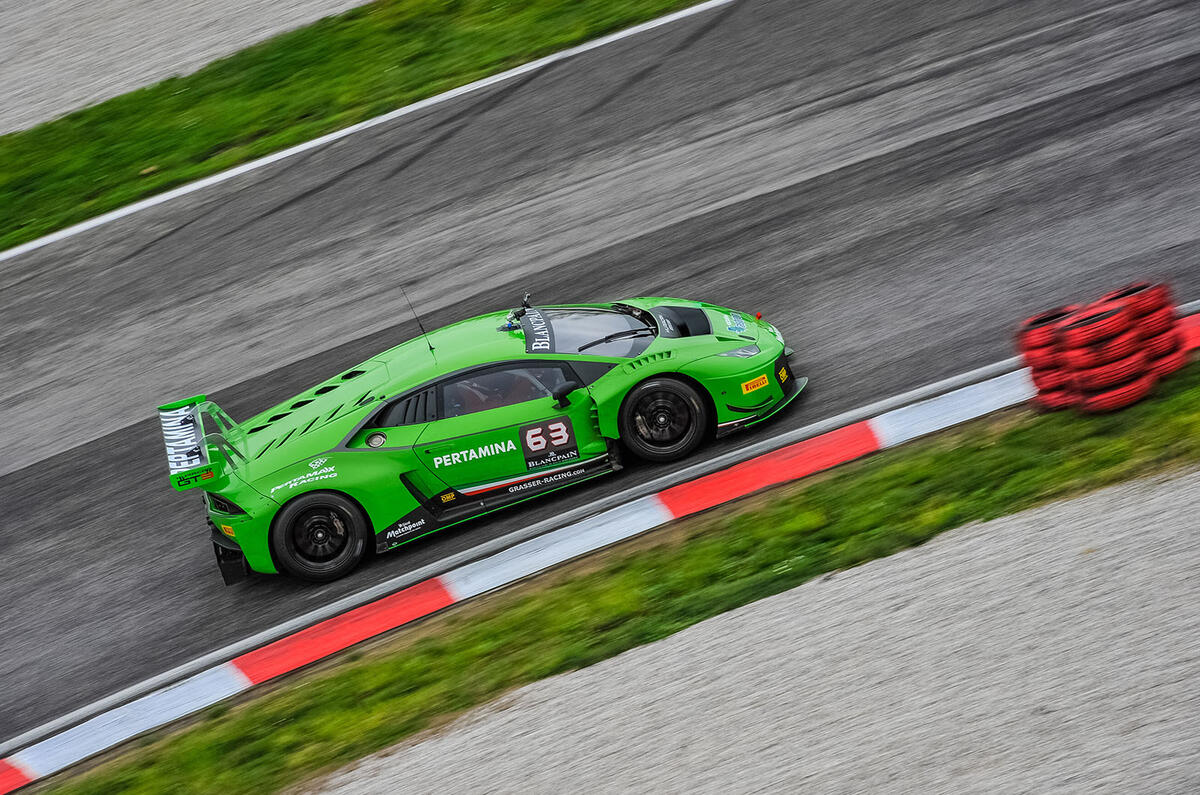

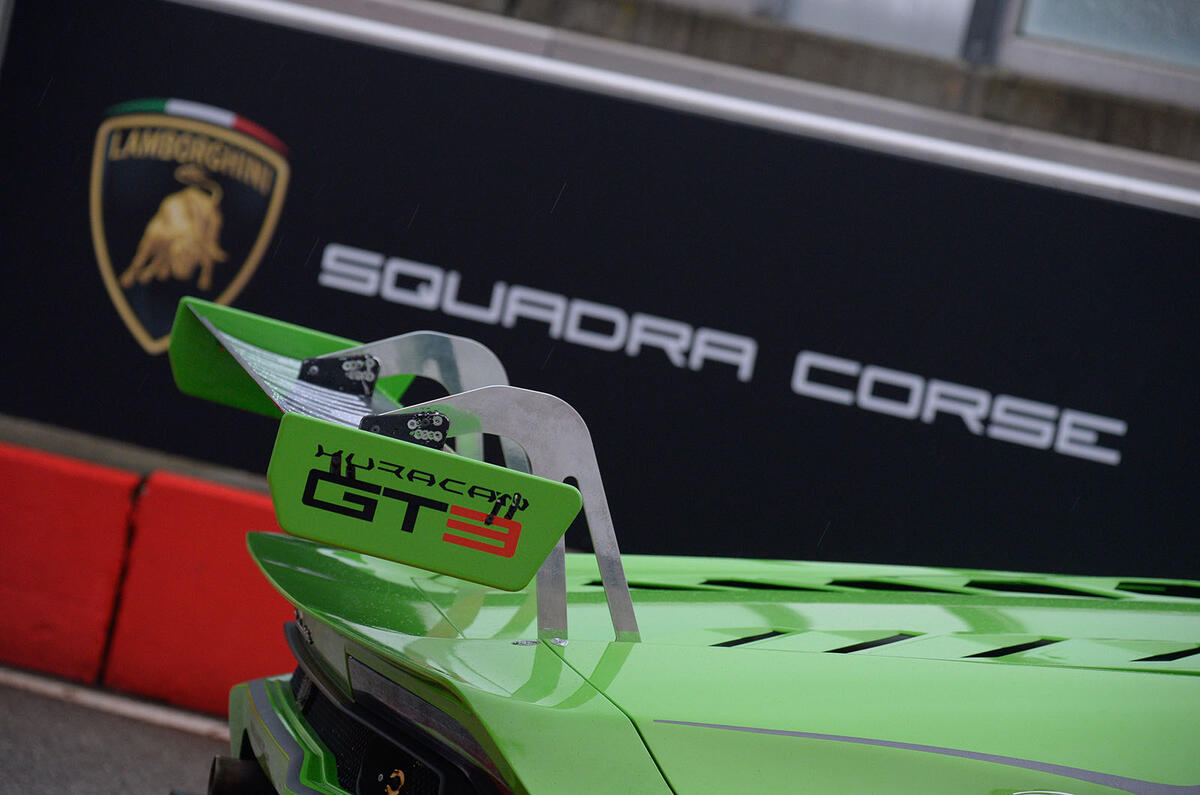
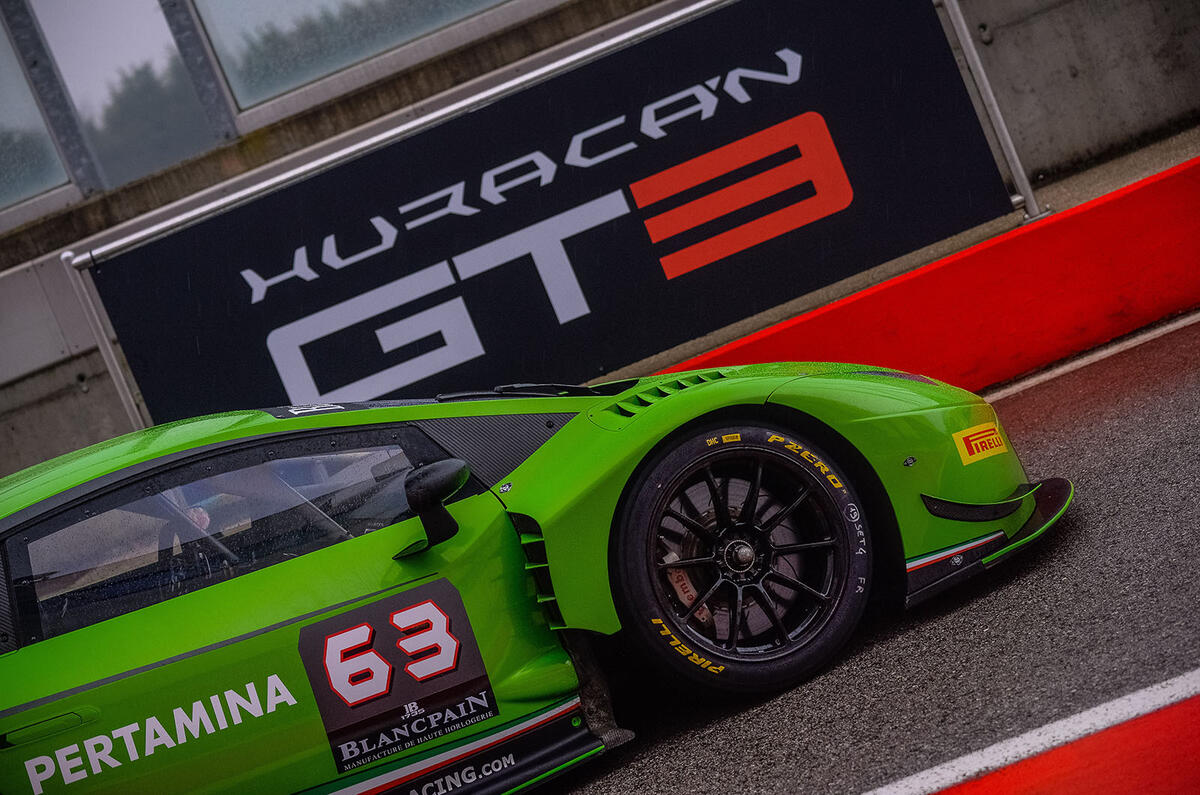
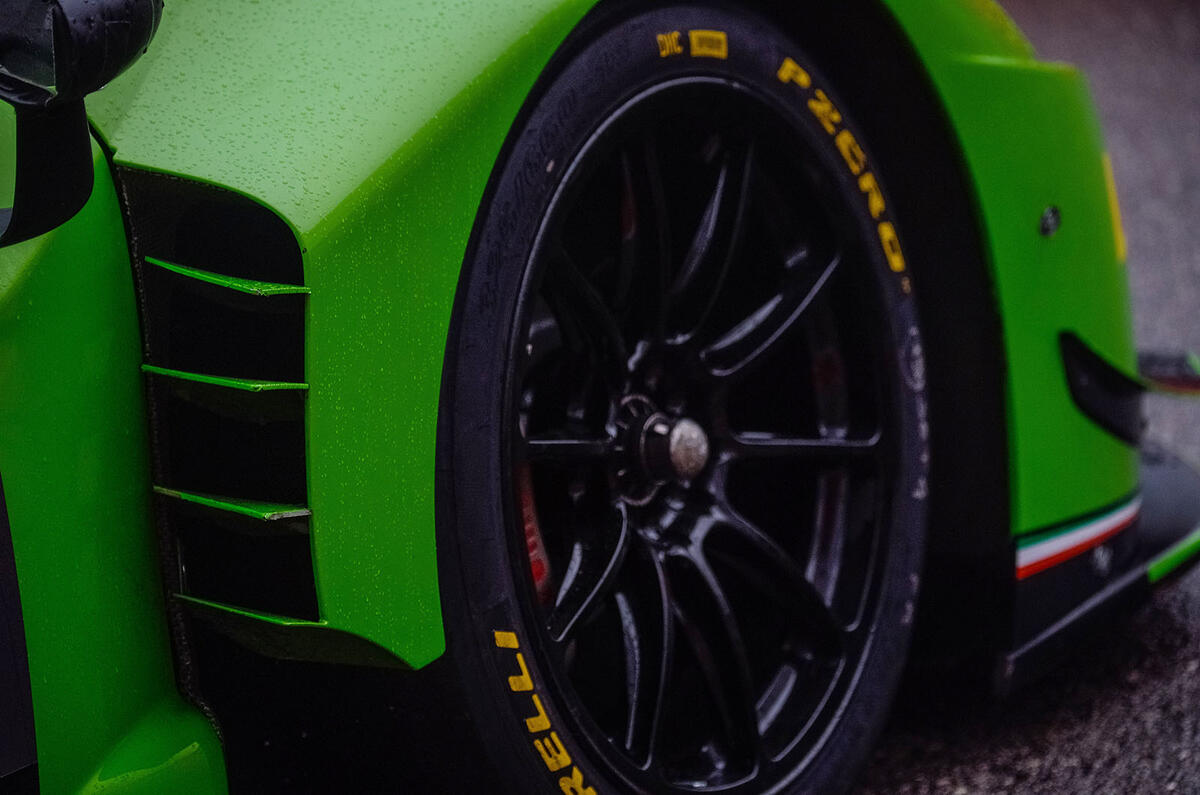
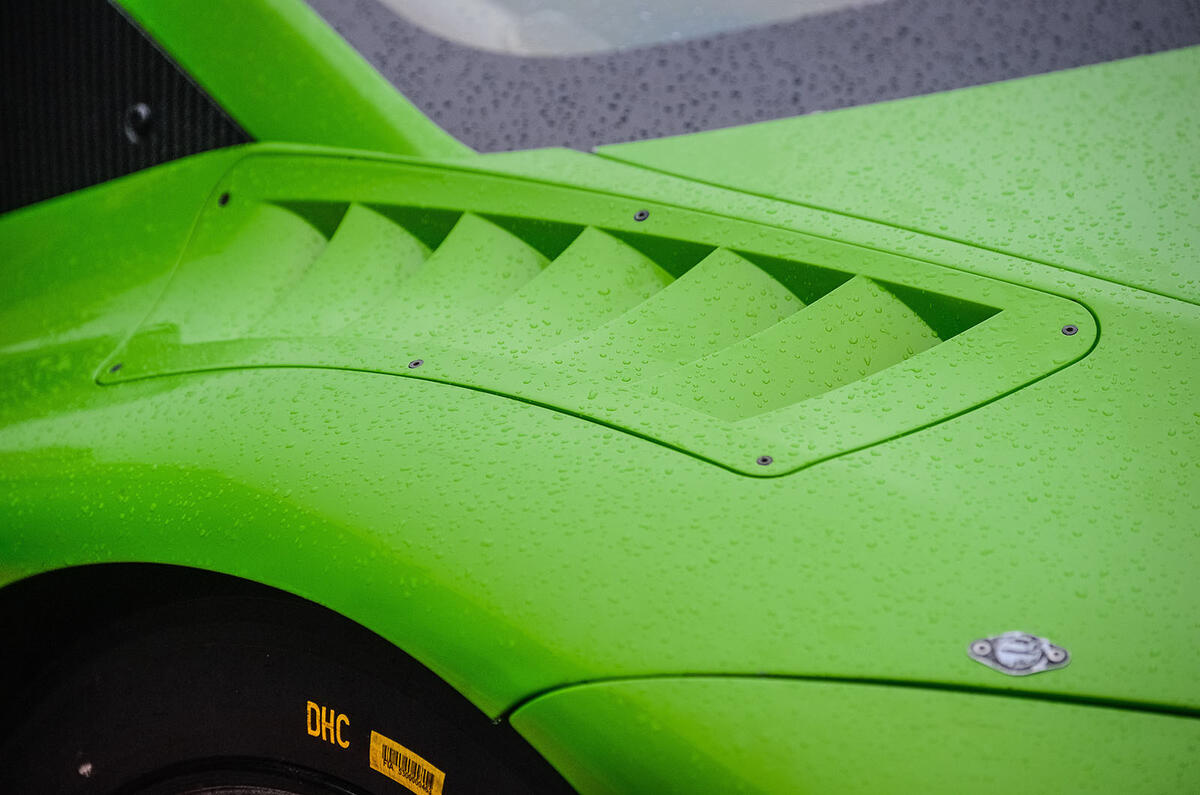

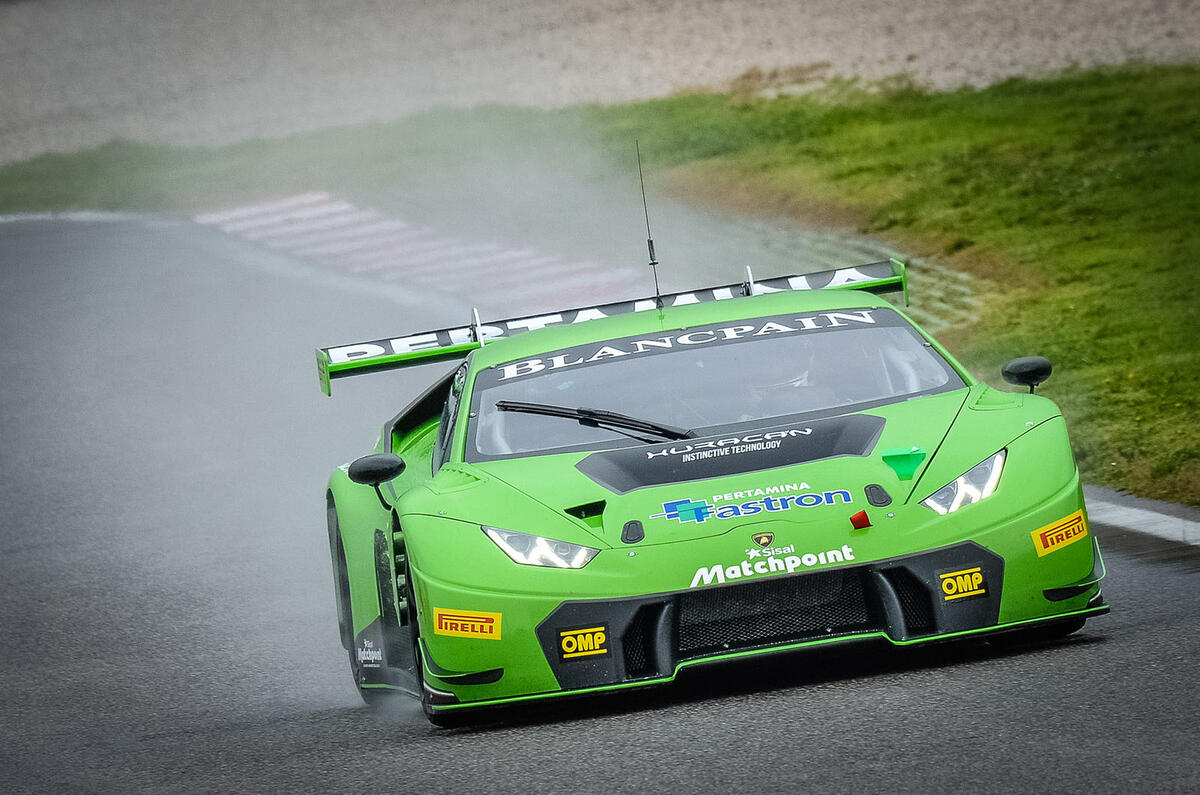
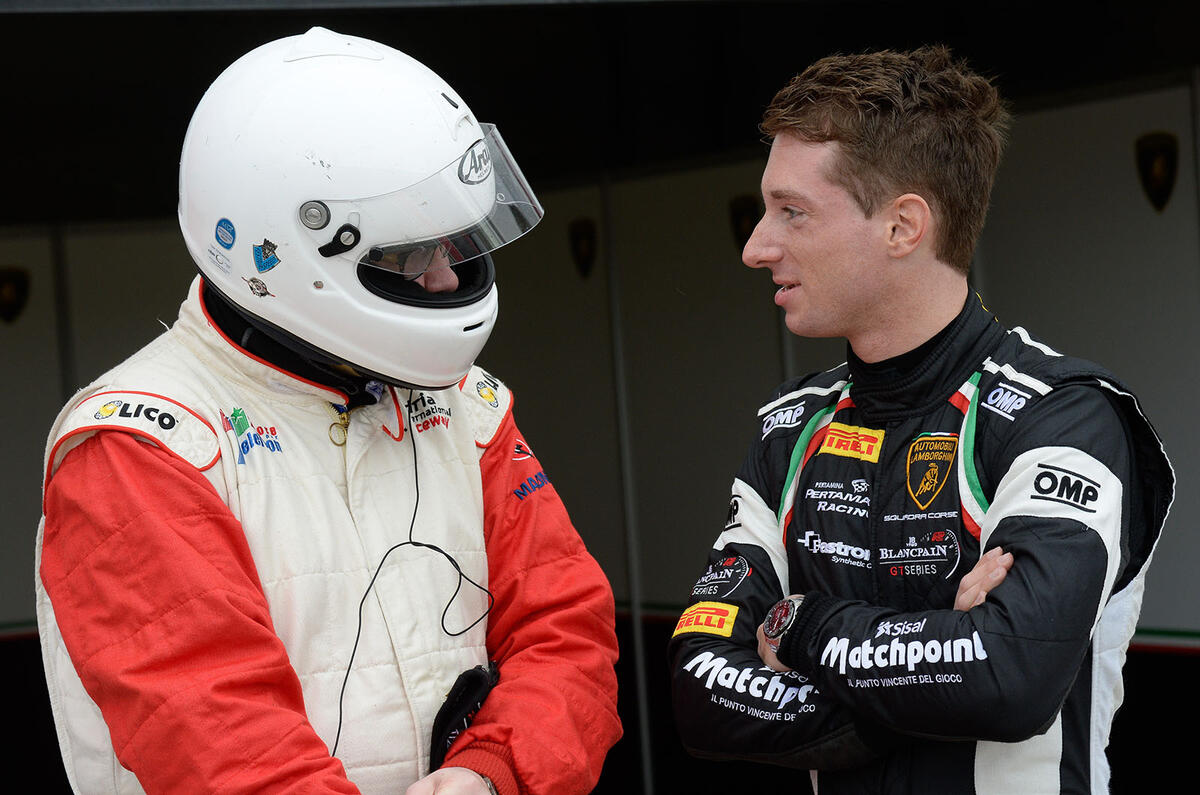

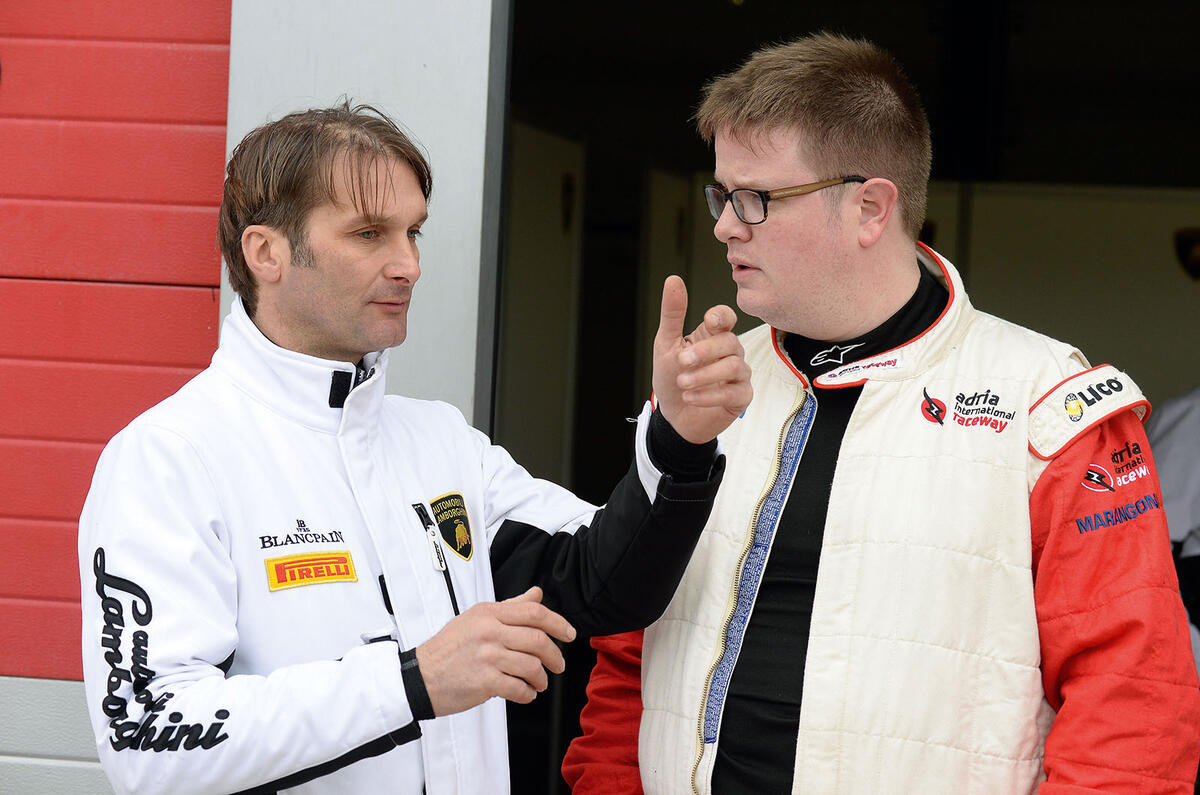
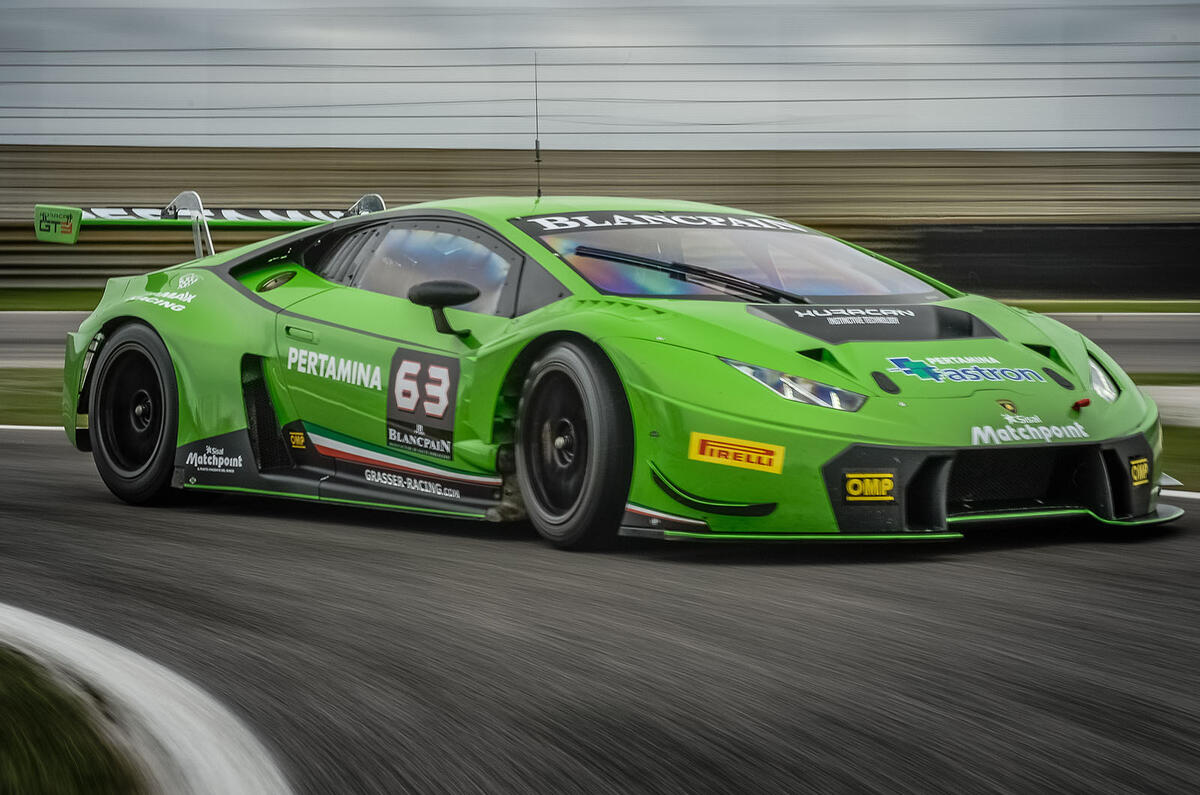
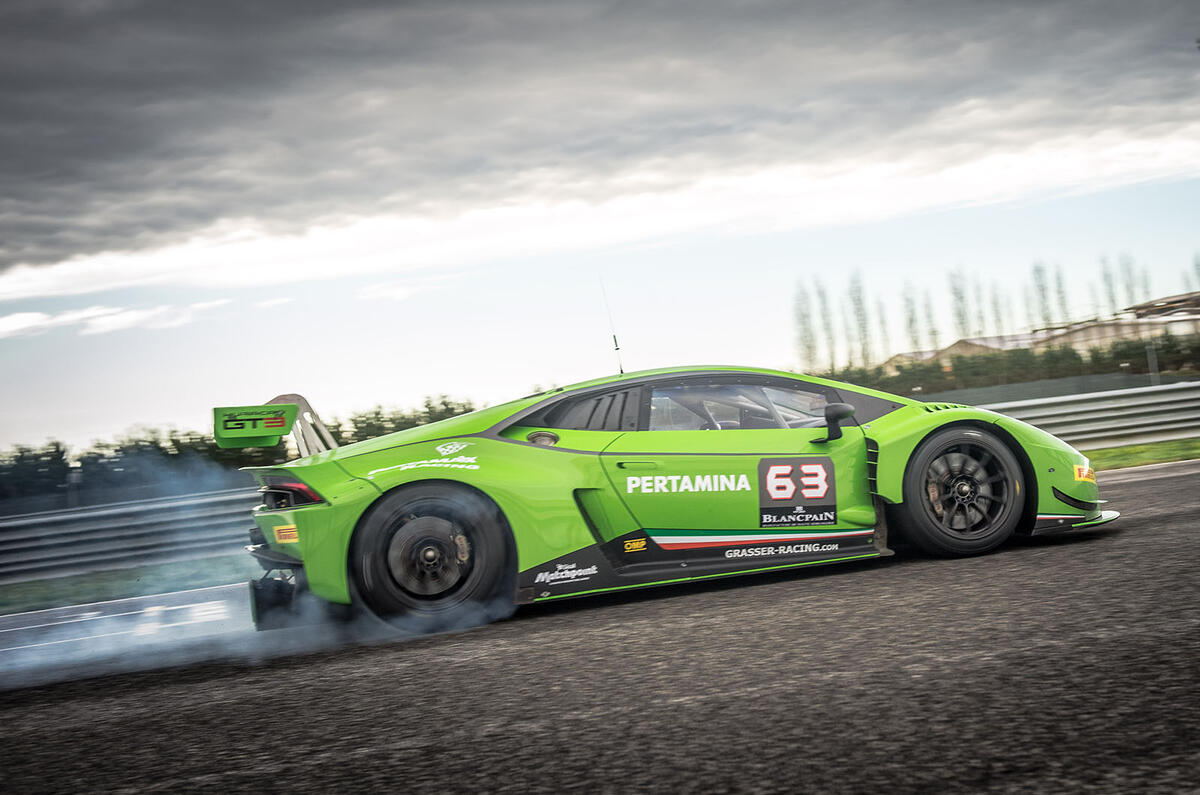
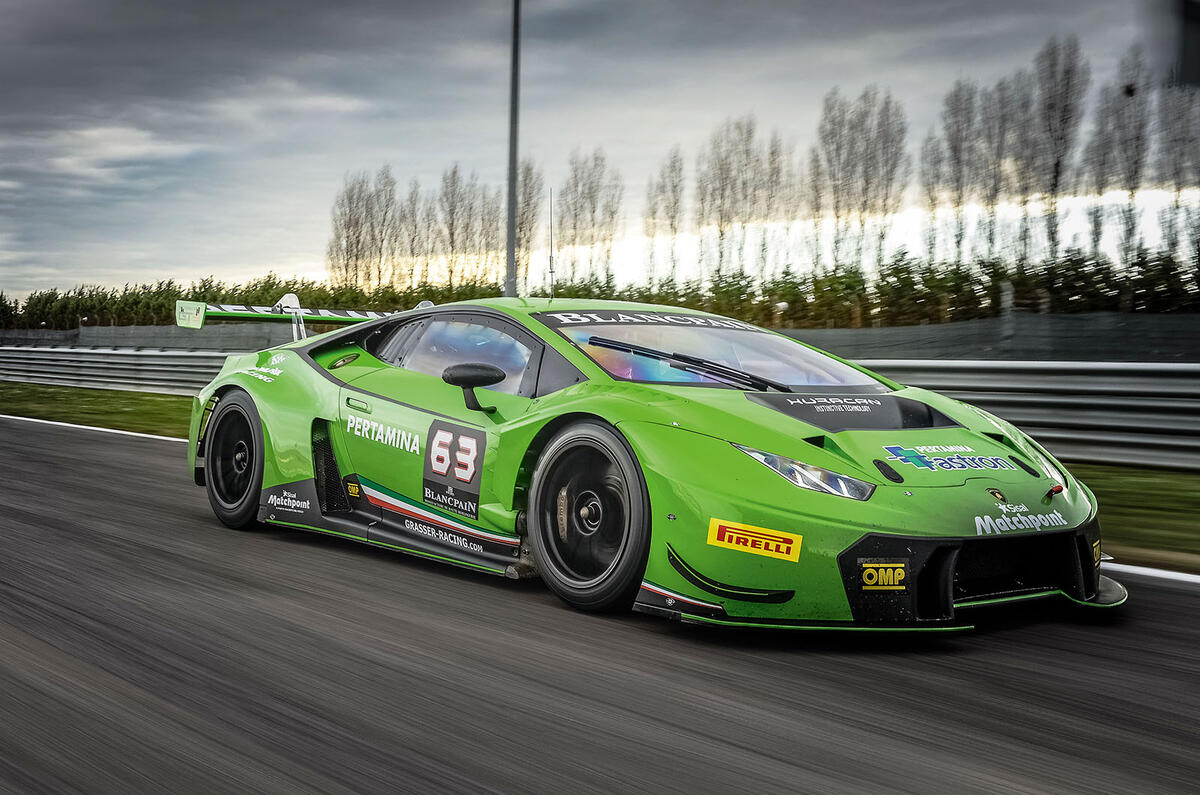
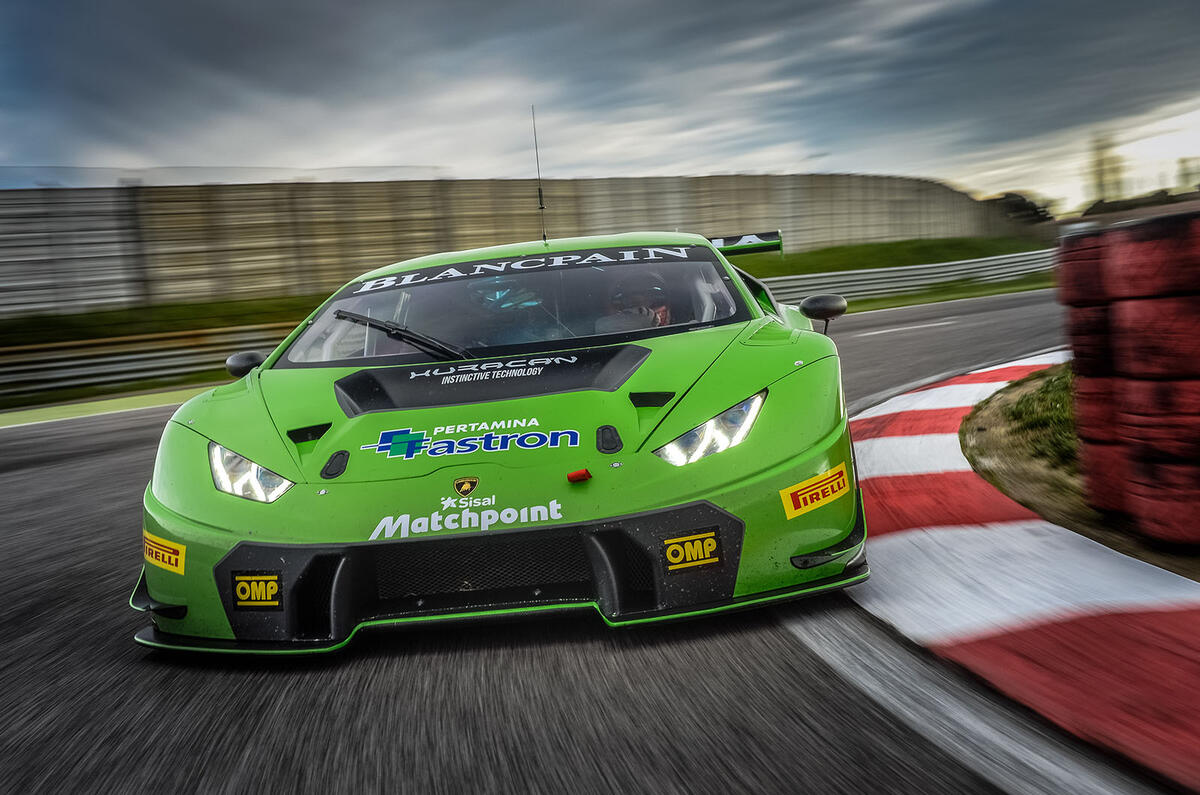
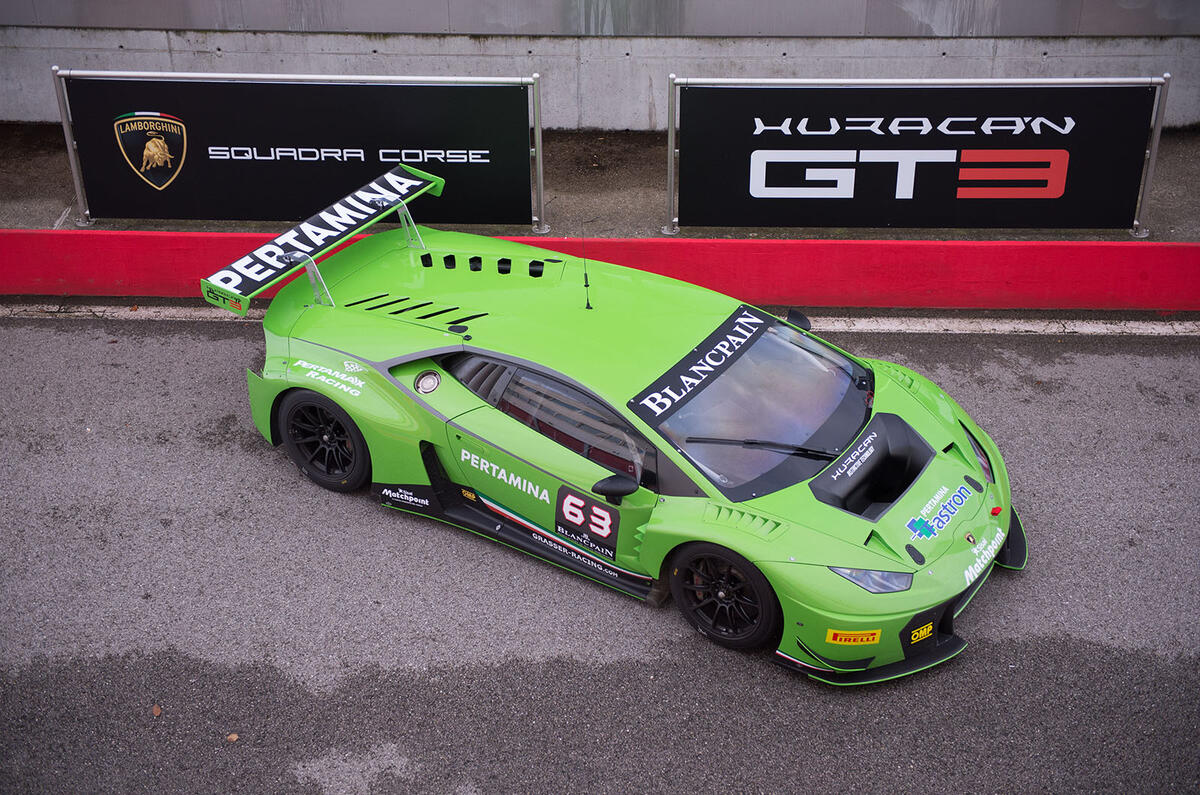
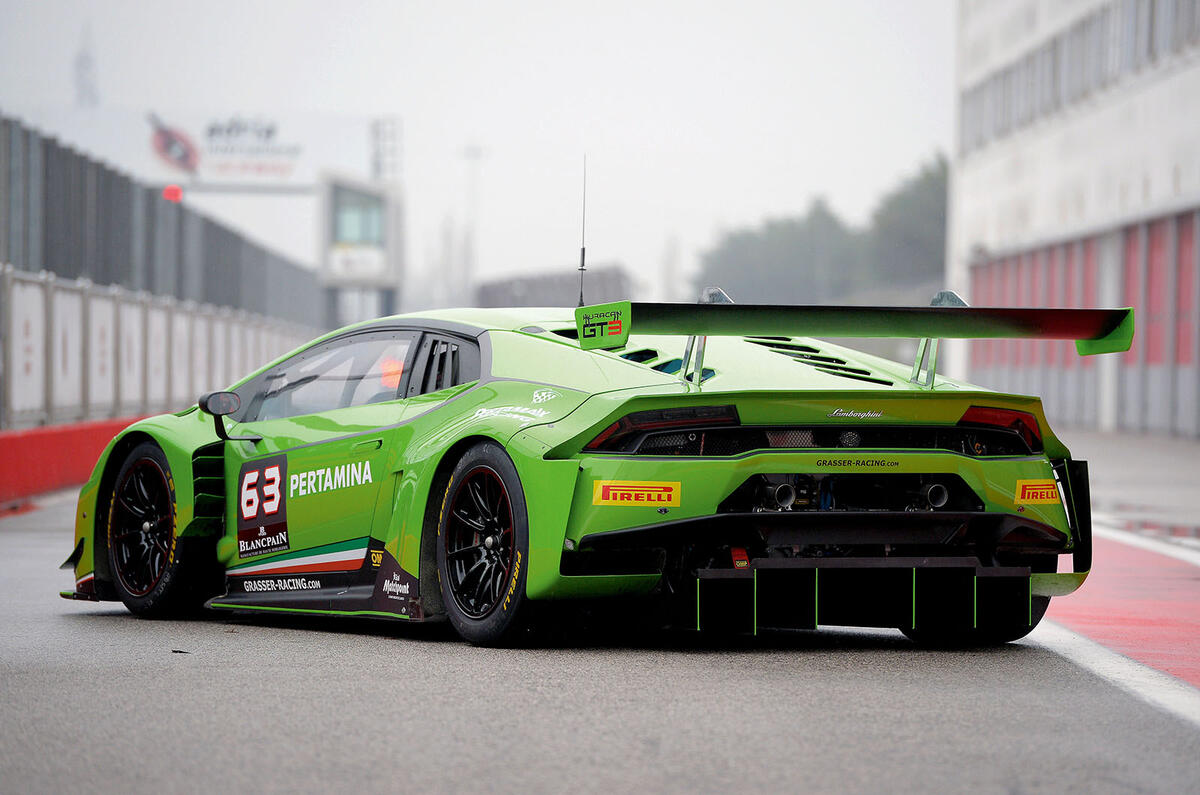
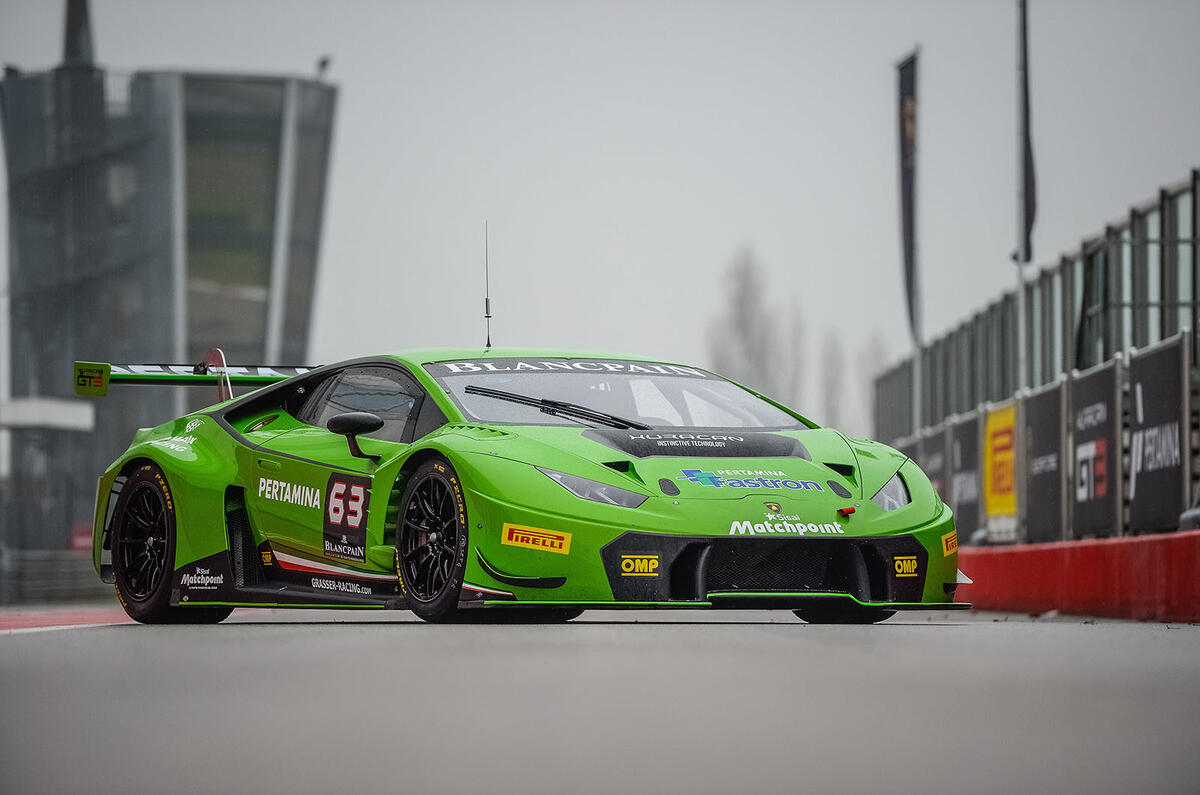
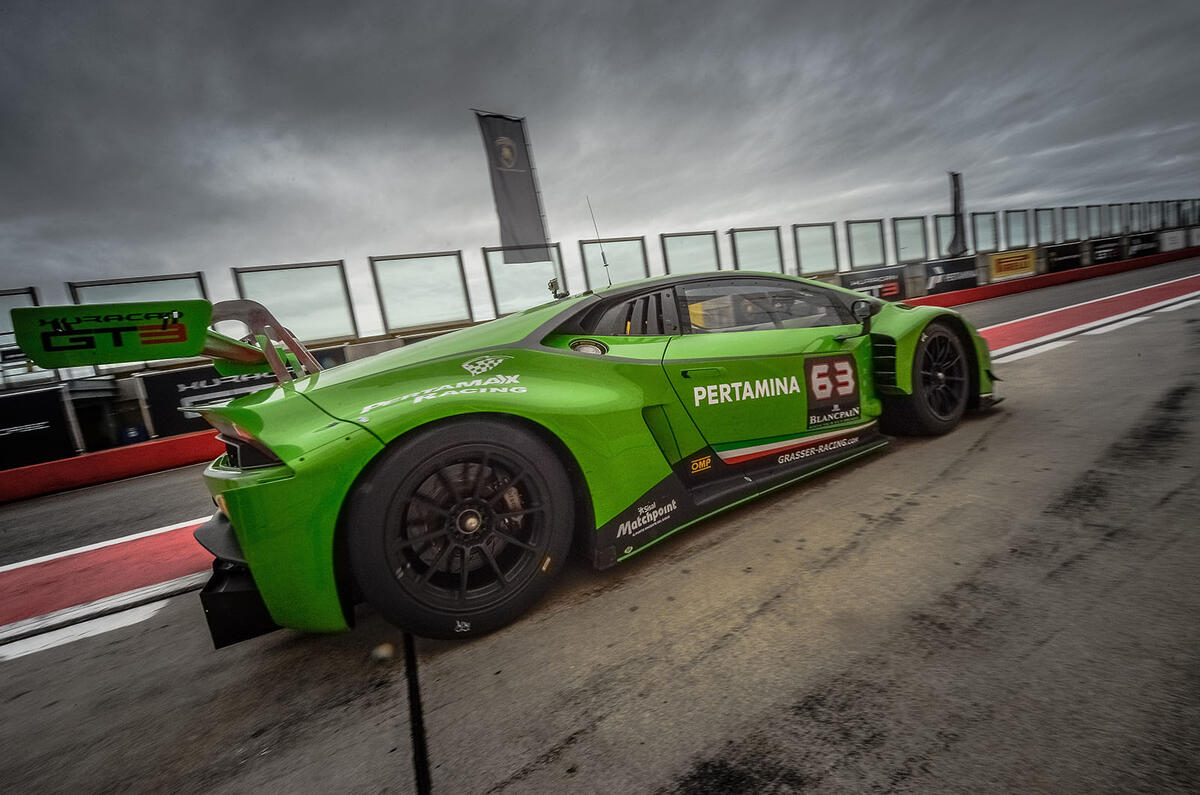
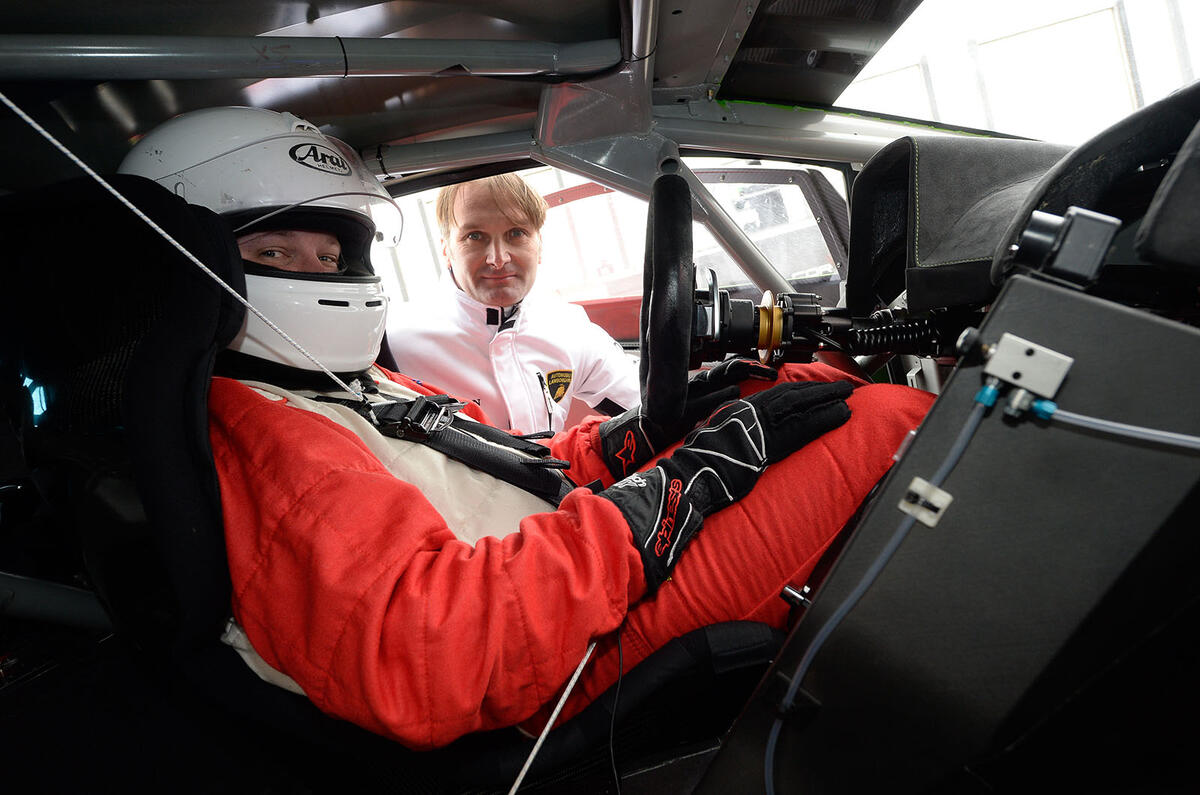





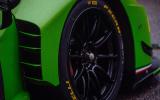





















Add your comment